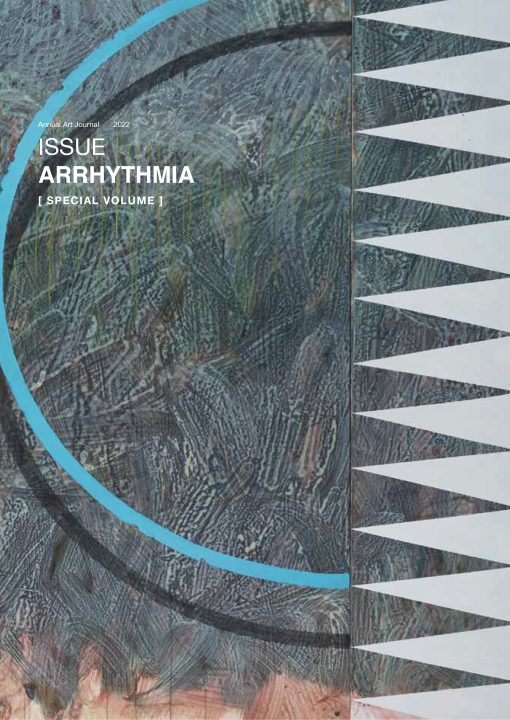Prologue
In May 2017, as a naïve second year PhD student, I found out that I was pregnant.
It was to my surprise, as I was not expecting the pregnancy. I was thrown off rhythm; the fleeting thoughts in my head came and went with such irregularity that I could barely catch a breath.
Never would I have thought that such arrhythmia in my state of being—mentally, physically, and emotionally, would set the tone for the creation of one of my defining works. This work was a sonic experience that t focused on the attunement of rhythms between one and other, particularly babies and their parents.
Arrhythmia, typically a medical term used to describe the irregularity of a heartbeat, is apt in describing the situation in the current pandemic-stricken world.
In this paper, the arrhythmia of creating a sonic experience for babies from the multiplicities of my identity as performer and mother is illustrated through anecdotes, where my rhythm as a performer is at times disrupted by that of being a mother. Yet, the innate rhythm and modes of mutuality between performer/mother and child reflects natural attunement. Similarly, as we navigate through turbulent rhythms to normalcy in a post-pandemic era, there are some rhythms that remain. This paper demonstrates how such innate rhythms attune ourselves with others through anecdotal accounts of this reflective case study.
Nadam as a Reflective Case Study
In 2018, the same year my son (whom we affectionately call ‘Dodo’) was born, I conceived of Nadam. Presented in November that year, Nadam is a multi-sensory, immersive performing arts experience driven by sound for infants and their parents. The research objective was to critically examine the creation and presentations of Nadam, with research questions that were directed at underpinning theoretical concepts to the creative process, babies’ engagement, and parental roles.
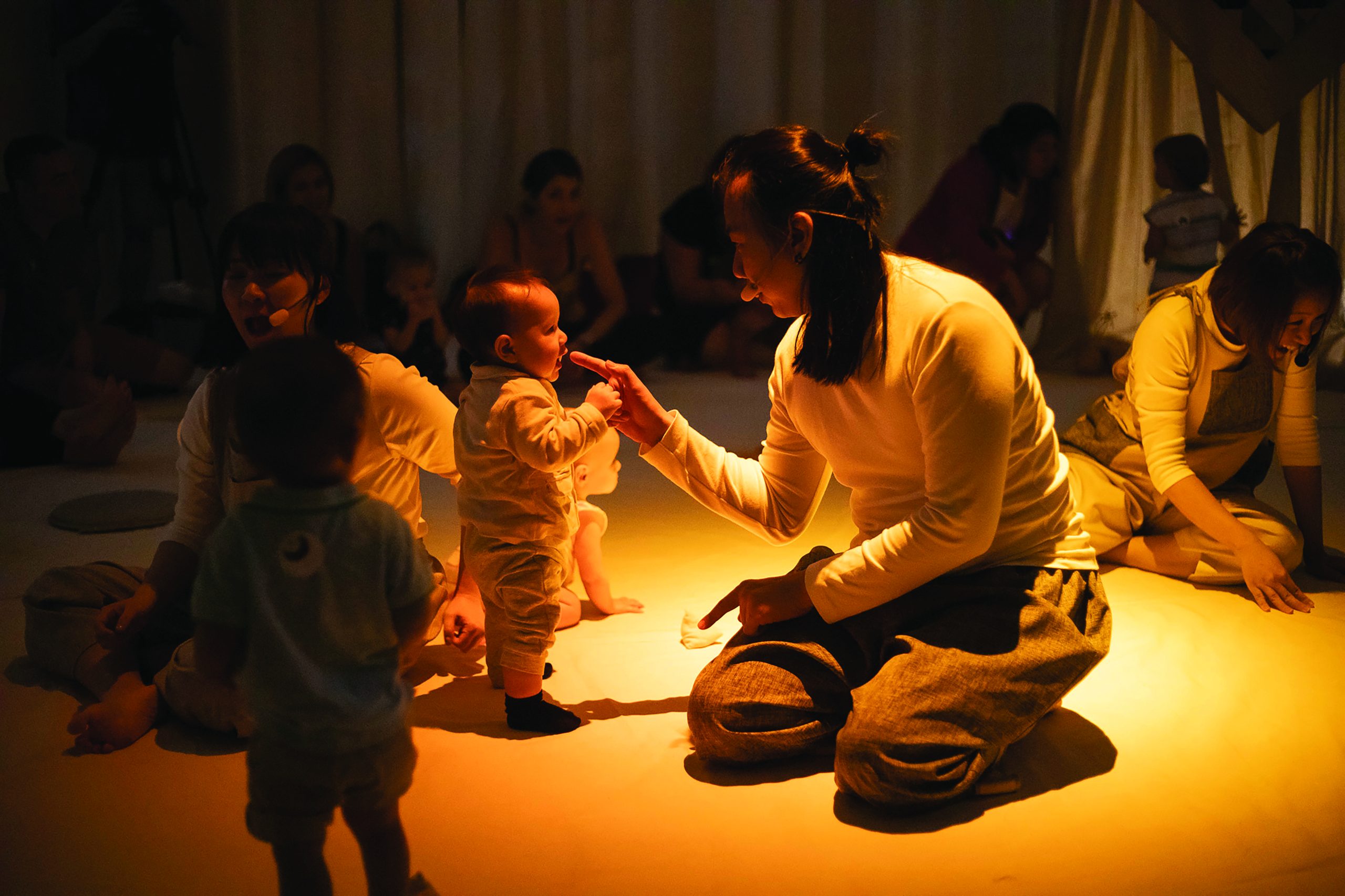
Fig. 1 Andy, Natalie and Dodo in attunement. Nadam, 2018
Photo: SAtheCollective
Through the bounded system of a case study1 where the research inquiry was interested specifically in the idiosyncrasy of this case2, I also employed reflective practice to support my observations and analyses. Reflective practice, including self-reflexivity was important in this case study as I negotiated multiple identities. These were evident in how I had to be acutely aware of my “research-based,” “brought” and “situationally created” selves.3 Reflection requires one to see from the perspective of an outsider, a skill similar across artmaking and research.4 As a reflective practitioner, I paid attention not only to knowledge constructed through words but observed through the ontology of being. This was resonant with much of my research participants—babies who were non-verbal. I was dependent on their tacit, embodied knowledge that was expressed through their multi-sensory natures as observable data. These were often expressed as descriptive narrative writing through a process of writing post-hoc fieldnotes.
The research data of Nadam was collected from August 2018 to February 2019 through video observations, post-hoc fieldnotes and interviews. These were analysed through manual, thematic coding that corresponded with general, underlying themes. Analyses of the video documentations also took on the approach of narrative writing, that allowed for thick descriptions, rather than the monotonous record of actions, to emerge.
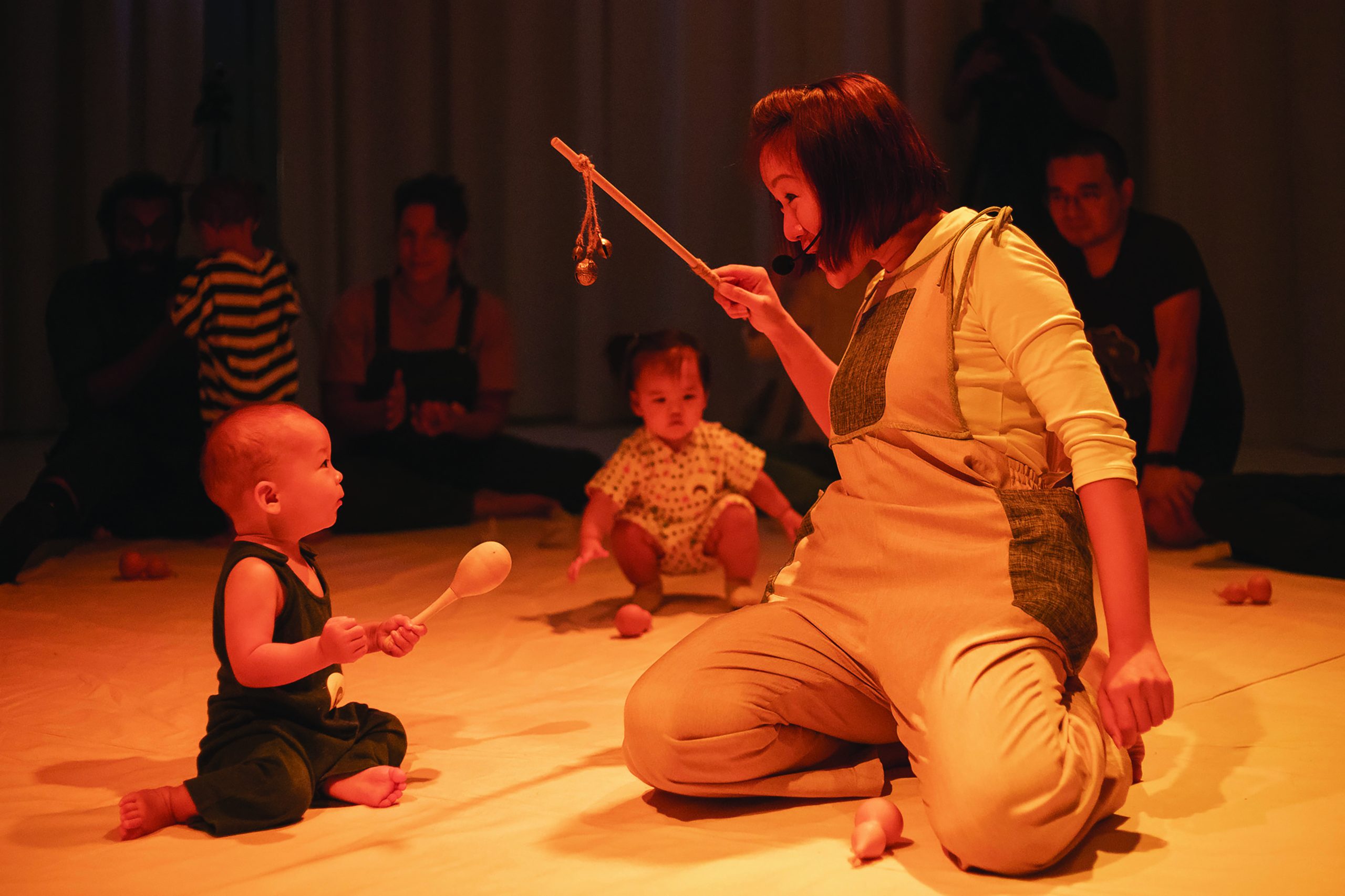
Fig. 2 Performer-baby attunement through object and gaze. Nadam, 2018
Photo: SAtheCollective
Rhythm and Modes in Nadam
Through the consistent processes of play and improvisation in the creation of Nadam, I explored what sound is to a baby. Sound has survival and socio-emotional imperatives for babies. Our sense of hearing develops in-utero. Foetuses have the competence to hear from week 18 of gestation, and their sensitivities towards sound simply develop further as the foetus grows. Sandra Trehub and colleagues have conducted numerous studies that demonstrated infants’ sensitivities towards the perception of melodic contours, rhythmic differentiation, and pitch preferences. These early competencies in sound perception are important for the young infant to begin communicating their needs—first through their cries, and eventually through their linguistic development. The back and forth of an infant crying, and her mother responding to her needs, are patterns of rhythm and modes.
Rhythm and modes is the concept of mutuality put forth by Ellen Dissanayake. She defines mutuality as “the sharing of emotional states in patterned sequences with others.”5 For Dissanayake, this is apparent in the arts, and fundamental to the development of relationships with others. She writes:
The biological phenomenon of love is originally manifested—expressed and exchanged—by means of emotionally meaningful “rhythms and modes” that are jointly created and sustained by mothers and their infants in ritualized, evolved interactions. From these rudimentary and unlikely beginnings grow adult expressions of love, both sexual and generally affiliative, and the arts.6
Rhythm is the bouts of regularity with the passage of time. For mothers and babies, rhythm occurs through the listening and responding to one another to seek attunement. Modes relate to the quality of such experiences. This quality has much to do with our multi-sensorial nature as infants. Feeling music as if it were tactile—sharp, flat; soft, hard; light, heavy; brittle, strong—or moving through space, rising and falling; shifting and changing; or seeing music as if it were coloured—blue, grey, yellow, green.
These notions echo the theory of communicative musicality. Stephen Malloch and Colwyn Trevarthen’s studies of mother-baby proto-conversations demonstrated three fundamental characteristics—rhythm, quality, and narrative.7 Like Dissanayake’s notion of rhythm and modes, Malloch and Trevarthen speak of the combination of rhythm and quality as narrative with a clear trajectory that begins with an introduction, develops into a climax, and falls into a resolution.8
Similarly, psychiatrist Daniel Stern’s perception of infant and their parents’ communicative gestures, facial expressions, and vocalisations could be said to be resonant with mutuality. Through our innate competence to experience an other through their various states of vitality such as “emotions, states of mind, what they are thinking, and what they really mean, their authenticity, what they are likely to do next…expressed in their almost constant movements,” we are able to connect, to seek attunement.9 Stern relates this to the temporal arts that move us from within. We seek to attune when we witness the unfolding of a performing arts experience. And as performers, we attune when we sense resonance with the audience, through rhythm and modes.
Nadam was a delicate balancing act of navigating opportunities for attunement through rhythm and modes between babies and their parents; babies and performers; as well as amongst babies, parents, and performers through sound. Additionally, attuning in mutuality to the needs of Dodo, somewhat arrhythmic to the choreographed intentions of the performance, yet resulting in spontaneous expositions of rhythm and modes between mother and child.
Attunement Through Sound
The creation of Nadam was underpinned by notions of Chinese and Indian philosophies to sound, sound perception, and nature. The title of the work, nadam is a Sanskrit term that refers to the sound that is “unstruck”10 and refers to the first sound that was ever produced in the universe.
Sound is the agency that attunes one with nature. Through sound, or nadam, one seeks harmony within one and nature. Composer Toru Takemitsu speaks of this as a merger of oneself with the world.
To me the world is sound. Sound penetrates me, linking me to the world. I give sounds active meaning. By doing this I am assured of being in the sounds, becoming one with them. To me this is the greatest reality. It is not that I shape anything, but rather that I desire to merge with the world.11
In the process of creating Nadam, I found this true of babies’ innate natures. This was expressed in Confucius’ Record of Music,
Man [sic] is born and is still—this is Heaven’s nature (xing).
[He is] [sic] touched off by [external] things and [only then] moves—
This is [his] [sic] nature’s desires.
Things arrive and the [faculty of] knowledge apprehends [them]—only then do likes and dislikes take shape therein.
If likes and dislikes have no regulation within and the [faculty of] knowledge is enticed from without, [man] [sic] cannot return to [reflect upon] himself [sic], and the principles of Heaven (tianli) are destroyed.12
Soundscape composer Helen Westerkamp’s perception of babies’ innate abilities to listen and respond through sound-making relate similarly to the above ancient Chinese philosophy. Babies are born in spontaneity with nature. Through listening, babies receive information about their environment; through sound-making, babies expressed their needs and wants with emotion. To Westerkamp, this is the very existence of babies, because there is no questioning; babies simply be in this process, like how breathing is to our survival.13 With these underlying philosophies, I began conceptualising the sonic environment of Nadam.
Human, Earth, and Heaven
The trinity of human, earth and heaven is a common expression in Chinese philosophy and language. Often used in a way that refers to harmony between human and nature, it echoes the philosophical discourses above. It was thus with intention that I had created the sonic experience based on these three domains, in three acts. The following table shows Nadam, the sonic environment created in each act, and instruments used.
Considering the rhythm and modes of mother-baby mutuality, the first act uses voice as the instrument. In Chinese philosophy, it is believed that the voice is closest to nature, where music is an agent to the harmony of heaven and earth.14 In infant sound perception, the (mother’s) voice also breeds familiarity for babies, as they innately seek attunement for survivability and social needs as mentioned above.
The second act choses materials that were representative of my interpretation of earth to create low, grounded sounds such as through wood/bamboo, leather, and gourd. This act is rhythmic and allowed for the synchronicity of movements to occur with a regular, pounding beat in the background. The communal experience of this regular beat attunes the audiences. The third act was designed with a sense of serenity in mind. For me, it represents the recurring conception notion of a sense of harmony with one and other, an attunement with nature that is semblant of the rhythm and modes of mutuality.
|
Instruments |
Music (improvised) |
Gestures |
|
Act I – Human |
||
|
Voice |
Vocalisations began with vowel sounds, then moved on to adding consonants |
Embodied vocalizations with actions that mimic the sound (e.g., sliding action for a sliding vocalisation). Baby-like actions such as rolling on the floor, lying on the back, moving on all fours. |
|
Act II – Earth |
||
|
Drums Buk (Korean drum) Bamboo didgeridoo |
Low |
Inspired by Gabrielle Roth’s 5Rhythms, that helps practitioners attune to their underlying rhythms in their daily existence.15 Ritual-like dance where the performing ensemble moves in synchronicity. Invitation for babies and their parents to get up on their feet to move along. |
|
Act III – Heaven |
||
|
Harpsicle® Harp |
Ethereal |
Slow |
Table 1
Sonic environment in Nadam
Attunements in Nadam
With the above-mentioned conceptual underpinnings of rhythm and modes in mind, attunement through the sonic experience was observed through the interactions between babies and their parents, babies and the performers, as well as amongst all participants in the experience, including the performers.
Unique to this case study was the presence and involvement of Dodo throughout the process—from initial creative meetings to final presentations of the sonic experience. I experienced and witnessed first-hand how attending to Dodo’s needs reflected a sense of attunement between Dodo and myself in our baby-parent relationships, yet disrupted to the performance routine at times in arrthythmia.
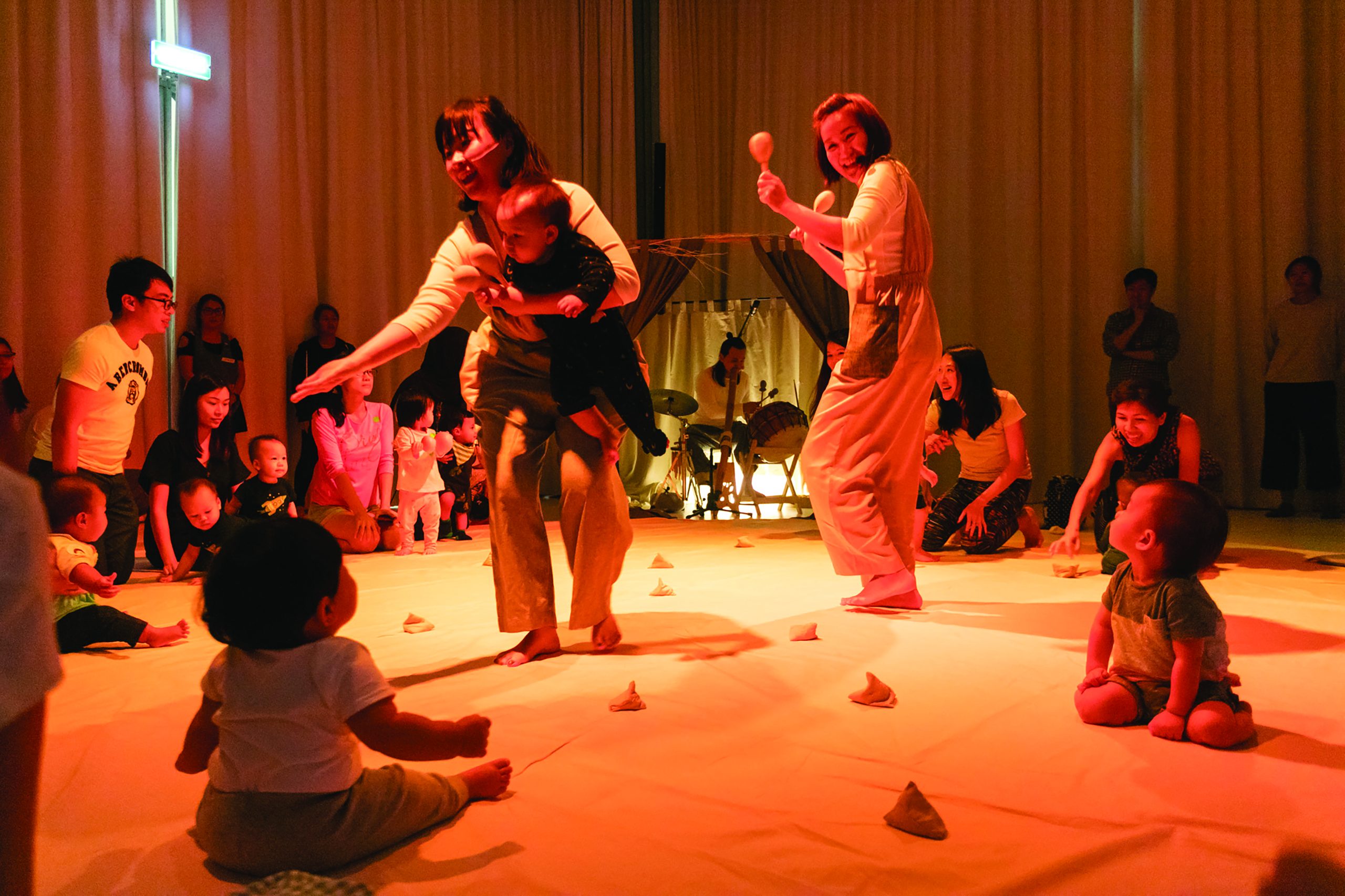
Fig. 3 Invitation for parents to participate.
, 2018
Photo: SAtheCollective
In the following anecdote, I describe how I responded to Dodo’s fusses as expressed not just amodally through vocalisations, but globally through facial expression, gestures and bodily movements, that resulted in a synchronized, rhythmic performance of a mother attending to her child’s needs whilst performing:
Dodo fusses. Using vocalisations of “eh~eh~eh~” in short, agitated yet rhythmic spurts. He expresses his displeasure. I carry him on my lap, facing him outwards. He fusses again, and seem to want to face inwards. He may be hungry or sleepy and needs to be nursed. I avoid it, gently but assertively facing him towards the front. I have to maintain my performance, as much as I needed to comfort my child. I attempt to play with him by holding his hands and gesturing in rotations. He continues to fuss, vocalising “eh, eh, eh”. He stands up by himself. A five stone is thrown towards him. He seems curious and looks towards it. I have my hand on him all this while. I felt the need to connect to comfort him.
I proceed on to the next performance routine. I stand up, carrying Dodo up at the same time. As though choreographed, I carry him over to my right as I kneel down. I slide, still holding Dodo in my arms. I pivot around on my bottom, holding Dodo with my hands as I bring him up into the air in an aeroplane position before placing him down on my tummy. I push myself towards the centre of the stage with my legs, and fly Dodo up in the air. I turn him around, and swiftly put him down seated on the floor. Dodo crouches towards another baby. I crouch over him. I quickly pick him up again, kneel on the floor and seat Dodo in my lap. Each of these gestures were accompanied by vocalisations of sliding tones such as “wooo~”; “uh-oooooo~”, as part of the performance routine.
(observation, 7 October 2018)
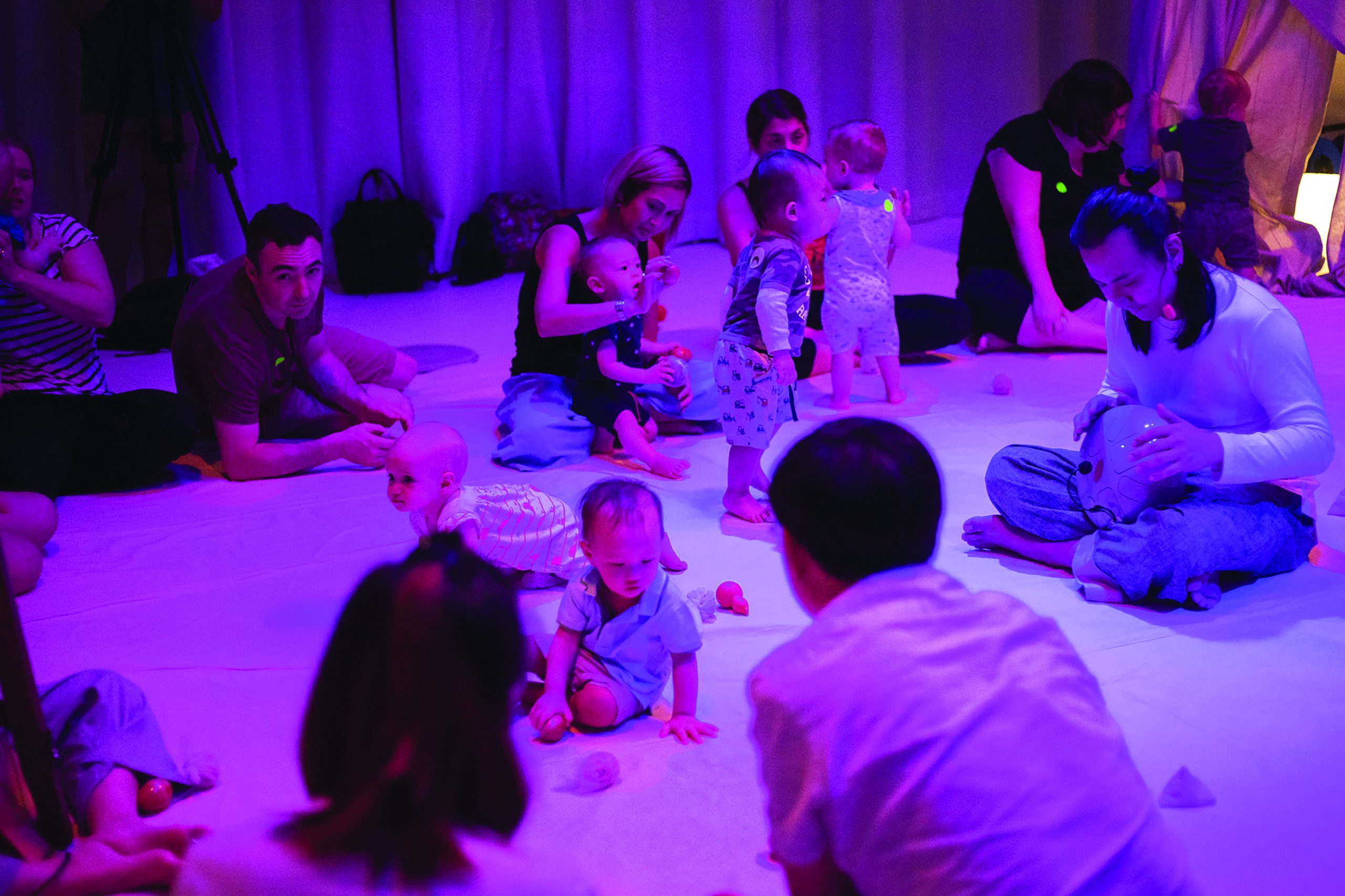
Fig. 4 Invitation for parents to participate.
Photo: SAtheCollective
The above anecdote reveals the rhythmic, movement experience that was driven by my response to Dodo’s needs of being cared for. Dodo was disrupting my intended performance routine. Yet, I had to maintain a quality of fluency and swiftness while engaging him in play through gestures that corresponded to sonic impetus of my vocalisations.
Such attunement extends beyond the parent-child dyad. Like Dissanayake’s “mutuality” that extends into “belonging,” my co-performer Andy (who is also my partner and Dodo’s father), and I were attuned in perfect synchronicity as we navigated caregiving responsibilities whilst performing as well (Figure 1). The following anecdote describes one such occasion during the performance:
Andy, Dodo and myself looked like we were performing as a family unit. Upon hearing Dodo’s cries, Andy leans back towards Dodo. Andy rises to be on his knees as I pick Dodo up and handed him over. Andy picks Dodo up, puts him on his lap, and swiftly carries Dodo into a cradle position, and then onto the floor, holding his hands and vocalising while guiding Dodo into playful gestures of waving and flapping arms. Andy moves Dodo left-right, left-right rhythmically, as though walking on the spot. Andy places Dodo on his lap, as Dodo lets out cries of protest, as he wants to move towards me. Someone tries to distract Dodo. Dodo engages for a moment, but is quick to let out another cry, as he moves towards me. He creeps quickly towards me as I engage in eye contact with him, while vocalising with embodied movements.
(observation, 18 November 2018)
Dodo’s attunement with other was not always due to basic needs of food or rest. This was also evident in his interactions with my other co-performer, Renee. Babies innately seek playful companionship with others through game and imitation, in patterned sequences in varying qualities—rhythm and modes.
As we perform silly actions and sounds, Dodo grins with pleasure. While vocalizing, Renee runs her fingers on the mat towards Dodo, Dodo looks at that action. He then stands up and claps his hands along to our rhythmic clapping, vocalizing along.
(observation, 16 November 2018).
The dyadic attunement between Dodo and I, that extends into that of the family triad, is also evident beyond familial relationships to include that of the familiar stranger. This allowed for attunements within the babies and parents in the audience to emerge, where Dodo was often viewed as a permissive character, offering permission for parents to feel at ease to let their child play.
The attunements between other babies and their parents were also driven by the sonic objects (i.e., dried gourds; wooden egg shakers) that were handed out. They often engaged in the objects together, connecting in that process. A mother enacted the groove of the sounds she hard by tapping on her baby’s back. As the egg shakers were handed to her, she gave it to her baby, and held her baby’s hand as they shook it together. This was similar for babies and performers, where attunement was observable when a play object was handed out, often accompanied by a strong gaze, as shown in figure 2. The power of engagement through the gaze were often the determining factor to our movements, as we often lowered ourselves to meet the eyes of the babies, thereby performing at low levels of being on our knees, hands on the ground, lying down or crouched over.
Attunement was also particularly observed in a rhythmic drum sequence with interlocking patterns and synchronised movements in Act II of the experience. Parents expressed that their babies seemed most engaged during this segment. With low vibrations of the didgeridoo, accompanied by regular beats on the buk, babies were also intuitively engaged towards the source of the sound as evident through their gaze. In this Act, Parents were invited to get up on their feet, carry their babies, and groove along (e.g., figure 3). I modelled it, giving permission by carrying Dodo to do the same. The ceremonious, ritualistic vitality of this Act is illustrative of Dissanayake’s “elaboration”, that stems from “mutuality” and develops through “belonging” as mentioned above. “Elaboration”, is essentially art in Dissanayake’s discourses, because it is in ritual and ceremonies that objects and activities that we call art are presented.16 Such ceremonious rituals are perhaps our steady rhythm and modes of connecting with one another in current times, times of arrhythmia.
The attunement amongst all participants present in the space was perhaps most evident in the final act of the experience (e.g., figure 4). With the vocalised melody in pentatonic phrygian scale supported by rhythmic and melodic ostinatos on the harp, there was a huge sense of the participants being fully present in the moment. Babies and parents eased into a space of familiarity, spontaneously manipulating sonic play objects as they immersed themselves in the sonic environment designed for them. This was observable as walls of discomfort or boundaries were broken. Families were no longer seated around the circumference of the space, but had come forth to be within the space.
Epilogue
Such attunement amongst babies, parents and performers in Nadam is fundamental to our socio-emotional beings as humans. Echoing Dissanayake’s discourse that art begins from the rhythm and modes of mutuality, extending to that of other social relations, rituals and ceremonies, I find it comforting to know that in the midst of arrhythmia, such rhythms of attunement that resonate amongst human beings will always remain.

